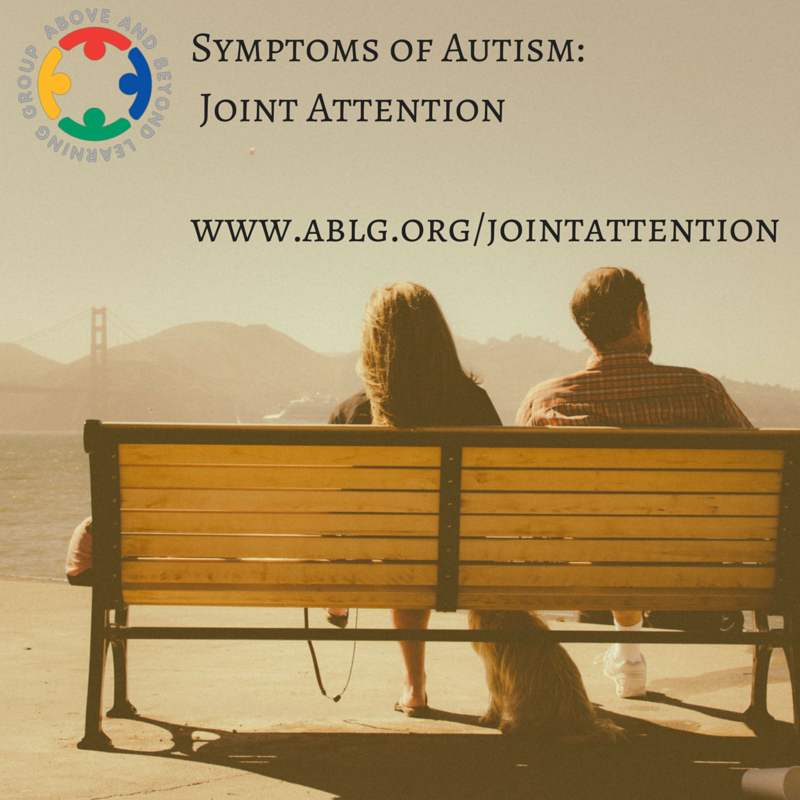
Have you heard about “joint attention?” It’s important to get to know it. Failure to develop joint attention is a key symptom of Autism! Joint attention is also a critical Social Skill.
Joint attention occurs when two people engage in:verbalizations, gestures, and/or eye contact between each other and a common object.
There are two sides of joint attention. One role is that of the individual who initiates joint attention and the second role is the person who responds to the first person.
For example:
Boy: Sees an airplane in the sky, he looks from the airplane toward his mother,comments “I see an airplane!”and points, and then looks back at the airplane
Mother looks from her son, toward the airplane, and then back to her son – often with a comment in response (e.g., “I see it too!”).
The boy in this example initiated joint attention by looking, verbalizing, and
gesturing to direct the attention of his mom who responded to look at his object of interest.
Typically developing children learn responses necessary to engage in joint attention (i.e., gaze alternation, gestures) between the ages of 6 to 18 months. Children with autism spectrum disorders show significant deficits in both initiating and responding to joint attention bids.
Teaching joint attention is worth the time, effort, and energy. When children with autism learn joint attention, they also show increases in other skills, including language development, social initiations, and play and imitation skills. One idea is that children learn object labels when responding to joint attention bids by looking at the referenced item and pairing the adult’s label with the object.
How does joint attention differ from simply pointing and labeling objects? The responses we see for joint attention, such as the child pointing toward an item, labeling it, or looking at their parent, are often the same responses we see if the child is requesting something out of reach. The difference is that joint attention occurs only for sharing interest in an object, not to get that object.
Another way to look at joint attention, compared to requesting, is that they may actually both be requests, but joint attention is requesting attention of their social partner, rather than something tangible. To be able to distinguish between joint attention and requesting, consider the final outcome – if the child just receives your attention, then it is likely joint attention; if s/he receives something tangible, then it’s likely requesting.
There have been various methods used to teach joint attention initiations and responses. Here is an example of how to teach a response to a joint attention bid. Please reach out to us for more information and other strategies to teach joint attention!
Joint attention response:
1) Play with the child while placing another preferred toy out of the child’s reach.
2) Stop playing with the child, turn toward the toy out of reach, point at it and make a comment about it (e.g., “Wow, a red car!”). As you are making a comment, provide an immediate prompt, such as using your finger on your other hand to trace the child’s eye gaze to the toy.
3) When the child looks at the toy, make a comment related to the toy (e.g., “It goes fast”), but do not give the toy to the child. This would turn the function of the behavior from sharing attention to requesting the toy.
4) Once the child is responding to the finger trace, start to fade it by starting a few inches away from their face and stop a few inches away from the toy. If the child continues to look at the toy, trace the visual path less and less, until the child looks at the toy without the prompt. Sometimes the child will start to look back at you without any extra instruction.
5) If not, once the child is looking at the toy, then start to prompt the child to look back at your eyes using the same teaching procedure. So once you turn, point, and make a comment about the toy, the child will look at the toy, then using your other hand, point from the toy to your eyes and the child should follow your finger back to look at your eyes.
6) Now save the reinforcing comment for when the child looks at you, rather than looking at the toy. As the child responds consistently back to your eyes, fade the visual trace prompt until the child is looking toward the toy and then back at your eyes.
Ask your home ABA team leader for additional ideas if you think teaching joint attention to your child would be beneficial.

Joint Attention Article